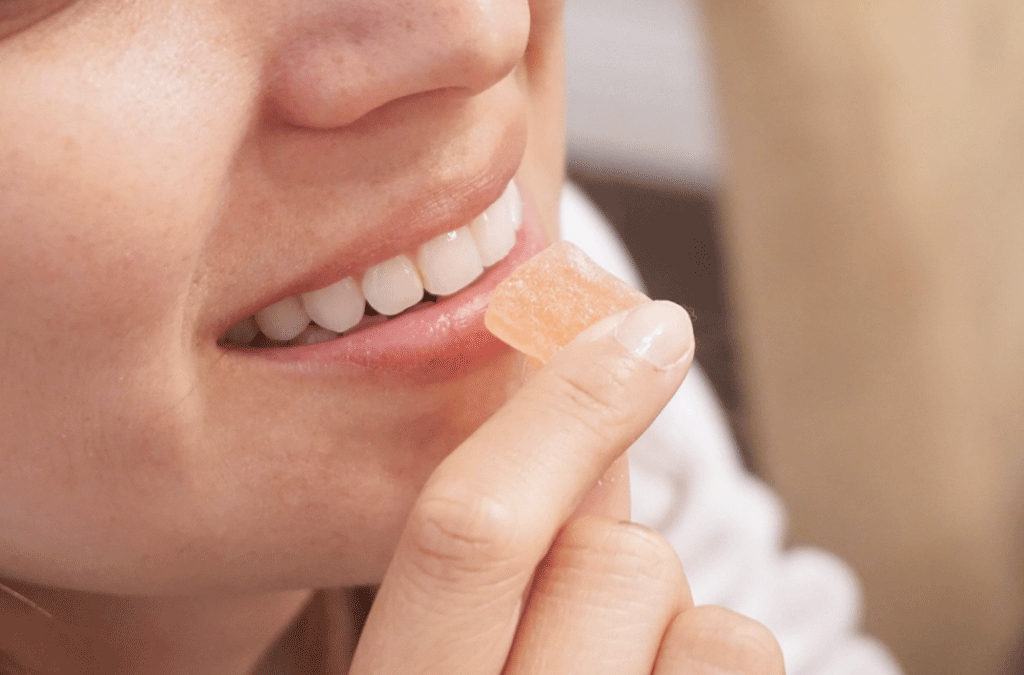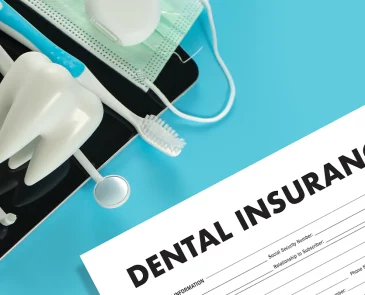Dental Veneers – Transforming Your Smile
Dental veneers are custom-made shells that dentists apply to the front of the teeth to improve their appearance. These veneers can mask stained, chipped, and uneven teeth.
For some individuals, damaged or discolored teeth can impact their confidence or self-esteem. Dental veneers can significantly improve the look of the teeth.

In this article, we will explain what dental veneers are, their various types and benefits, as well as some information about the procedure.
What are dental veneers?
Dental veneers can transform the appearance of a person’s teeth. They are custom-made fittings designed to conceal or correct dental damage, such as:
- Stains and discoloration
- Chips and small missing pieces
- Decay
- Crookedness
- Gaps between the teeth
Dental veneers improve the look of a person’s teeth and are beneficial for those who want a long-term solution to persistent cosmetic issues, especially if other treatments fail (e.g., teeth whitening, braces, retainers).
Explore our Teeth Whitening services for a less invasive solution to discoloration.
In the placement process, a dentist usually removes a small amount of enamel (the thin protective outer layer of the teeth). Therefore, once you place veneers, keep in mind that they cannot be removed or opted out of.
Types of veneers
There are two types of veneers – porcelain and resin-based composite.
The following table provides details about these options:
Feature |
Porcelain veneers |
Resin-based composite veneers |
|---|---|---|
Material |
Strong and thin caps |
Similar to porcelain veneers |
Placement |
Placed on the tops and sides of the teeth |
Placed on the tops and sides of the teeth |
Enamel removal |
Requires removal of some enamel |
Generally requires less enamel removal. Sometimes, no enamel removal is needed |
Color matching |
Matches the color of natural teeth but can be made whiter |
Matches the color of natural teeth |
Cost |
More expensive |
Less expensive |
Replacement |
More difficult to replace if damaged |
Easier to replace if damaged |
Which type is best?
Although porcelain and resin-based composite veneers look similar, they have key differences. According to the American Dental Association (ADA) , these differences include:
- Cost – Porcelain veneers are more expensive, although resin-based composite veneers are less expensive.
- Enamel removal – Porcelain veneers usually require enamel removal, whereas resin-based composite veneers may not.
- Appointments – Porcelain veneers typically require 2-3 appointments, whereas resin-based composite veneers usually need just 1 appointment.
- Durability – Porcelain veneers can last around 20 years, whereas resin-based composite veneers last around 5 years.
- Staining – Porcelain veneers will not stain, whereas resin-based composite veneers may stain over time.
- Chipping and fracturing – Porcelain veneers are less likely to chip or fracture, whereas resin-based composite veneers are more likely to chip or break.
- Repair – Porcelain veneers are more difficult to fix if damaged. On the other hand, resin-based composite veneers are easier to fix.
Porcelain veneers commonly provide a more natural appearance and can cover more discolored or malformed teeth. The choice of veneer depends on budget, needs, and preferences. A dentist can help determine which type of dental veneer is best.
What are the benefits of dental veneers?
The main advantage of veneers is to improve the appearance of your teeth and give you a brighter and more even smile.
Dental veneers are beneficial for the following conditions:
- Broken or chipped teeth.
- Severe discoloration or uneven coloring that whitening cannot fix.
- Gaps in the teeth.
- Smaller-than-average teeth.
- Pointed or unusually shaped teeth.
To explore more cosmetic options, visit our Cosmetic Dentistry page.
Veneers can last for over a decade, depending on the type. This makes them a semi-permanent investment that boosts your confidence in your smile.
What to do before your appointment?
Before getting veneers, you’ll have an initial appointment with your dentist to discuss your options and the number of veneers you need. If your teeth are crooked or uneven, you may need braces before veneers can be applied.
Meet our expert team who will guide you through the process on our Meet Our Dentists page.
Your dentist will take X-rays at this stage to check the health of your teeth and look for signs of decay, gum disease, or the need for root canals. If you have any of these issues, you may not be a candidate for veneers.
To size your veneers accurately, your dentist will trim about half a millimeter of enamel from your tooth with the help of a grinding tool before a mold of your teeth is taken. This mold is sent to a lab to create your veneers.
What happens during the procedure of dental veneers?
It usually takes 1 to 2 weeks to get your veneers back from the lab after your dentist makes the mold.
Once the veneers are ready, you’ll schedule an appointment to have them placed. During this appointment, your dentist will check the fit, shape, and color of the veneers to ensure they’re perfect for you.
Next, your dentist will thoroughly clean your teeth to prevent bacteria from being trapped under the veneer and causing decay.
They will then use a grinding tool to create a rougher texture on each tooth receiving a veneer, which helps the veneer adhere better. Your dentist will use dental cement to bond the veneer to the tooth, which hardens it quickly with ultraviolet light.
This appointment typically lasts less than 2 hours but may vary based on the number of veneers and whether a local anesthetic is used.
After dental veneers – How to take care of your teeth
Recovery from veneers is quick. Once the veneers are cemented and any anesthetic wears off, you can eat and chew normally. Although the anesthetic is wearing off, avoid chewing on your cheeks or tongue.
Immediately after application, veneers may feel rough due to extra cement, but these spots wear down after a few days of normal eating and brushing. If they don’t, your dentist can smooth them out.
Traditional porcelain veneers last at least 10 years (and sometimes up to 20 years). Moreover, no-prep veneers last about 5 to 7 years.
To maximize their lifespan, take these precautions:
- Don’t chew on hard objects such as pens, ice, or fingernails.
- Never use your teeth to open the packaging.
- Avoid chewing with your front teeth. Instead, use your back teeth for harder foods.
- If you grind or clench your teeth at night, use a splint or retainer to protect your veneers.
- Wear a mouthguard if you play sports.
Ready to transform your smile with dental veneers? Book an appointment with us today!





